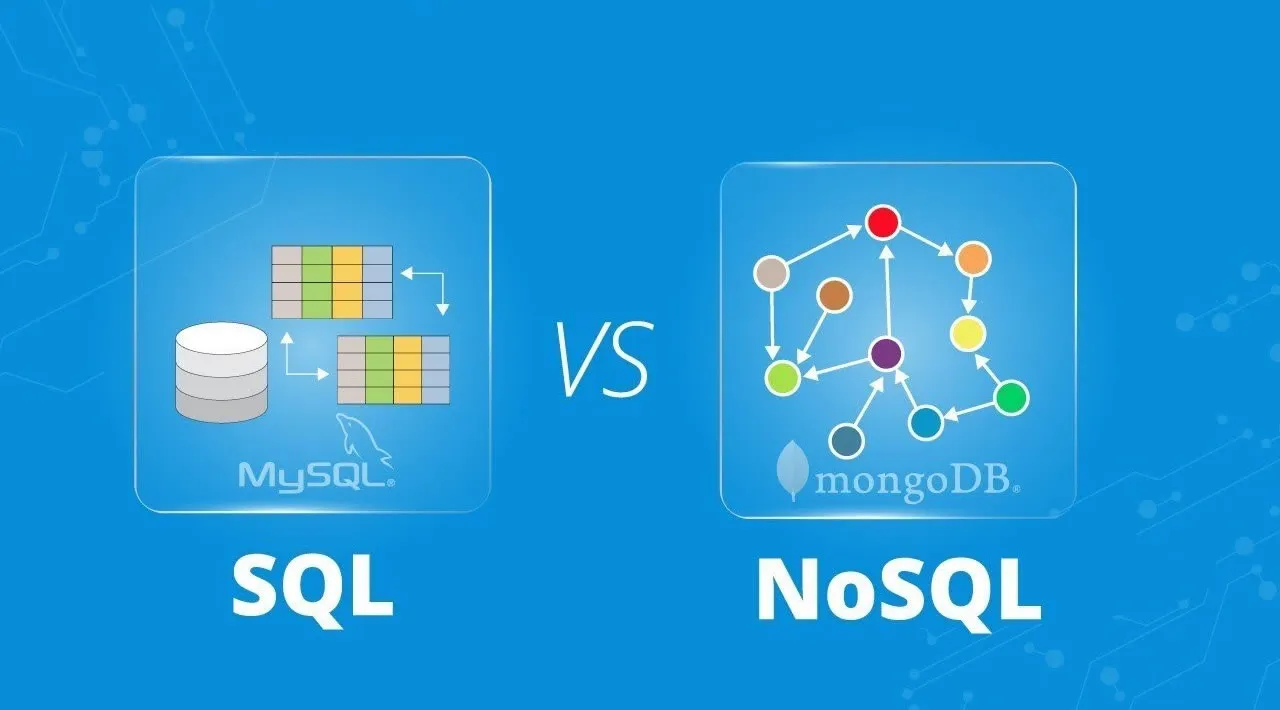Are you puzzled by SQL and NoSQL? Are you unsure what to use in your next project?
SQL (Structured Query Language) databases have been a primary data storage mechanism for more than four decades. Usage exploded in the late 1990s with the rise of web applications and open-source options such as MySQL, PostgreSQL and SQLite.
NoSQL databases have existed since the 1960s, but have been recently gaining traction with popular options such as MongoDB, CouchDB, Redis and Apache Cassandra.
You’ll find many tutorials explaining how to use a particular flavor of SQL or NoSQL, but few discuss why you should choose one in preference to the other. I hope to fill that gap. In this article, we’ll cover the fundamental differences. In a later follow-up article, we’ll look at typical scenarios and determine the optimal choice.
Most examples apply to the popular MySQL SQL and MongoDB NoSQL database systems. Other SQL/NoSQL databases are similar, but there will be minor differences in features and syntax.
The SQL vs NoSQL Holy War
Before we go further, let’s dispel a number of myths …
#sql #nosql #database
